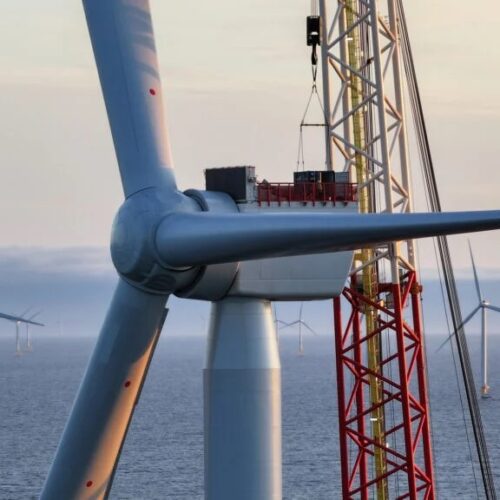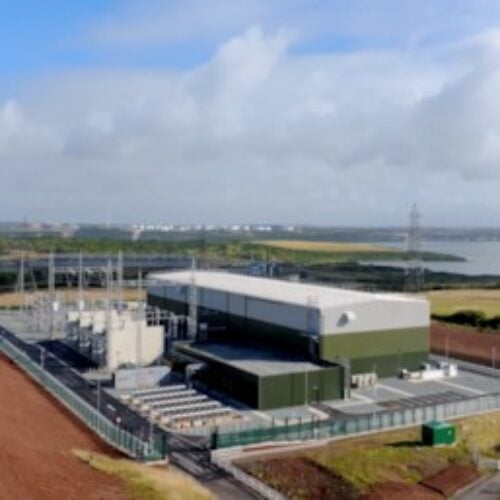Ongoing changes to the planning system could mitigate the need for REMA’s zonal pricing, a principal at consultancy AFRY said, as the government prepares to push the electricity reform package onwards this year.
The Department of Energy Security and Net Zero (DESNZ) is looking to complete the policy development phase of the Review of Electricity Market Arrangements (REMA) in mid-2025 and may even begin implementation before the end of the year, it said towards the end of 2024.
The REMA reforms aim to improve operational efficiency and locational investment efficiency in the GB energy market. A core plank of REMA is a move to a zonal pricing electricity market, which would help to solve the issue of curtailment whereby the National Energy System Operator (NESO) has to pay generators to turn off production because of a lack of transmission capacity.
‘Getting the right capacity build in the right places’
AFRY’s principal Tom Williams explained that a separate process to get more transmission and distribution capacity built where it needs to be could mitigate the need for a zonal market, an idea which on its own already has more than its fair share of opponents.
Williams explained: “There is a move afoot to move to a much more centrally planned system for both generation and transmission buildout, which will reduce the importance of a zonal market from locational investment efficiency perspective – in other words, getting the right capacity build in the right places.”
“If you’re basically planning all of it centrally and saying ‘OK, we’re going to have that amount of wind there, that amount of network here’, you’re reducing the need for a zonal market from an investment efficiency perspective.”
As part of its Clean Power Action Plan for achieving clean power by 2030, also released at the end of 2024, the government spelt out how much renewable generation and energy storage it estimated would be needed in different parts of the country. Those estimates form part of the methodology through which the grid connections queue will be reorganised this year meaning, in theory, generation built more based on where it needs to be.
A move to more centralised planning for the transmission system should also mean reduced curtailment costs in the long-term, Williams explained.
“A more centrally planned system combined with a more streamlined and swifter consenting regime might result in more timely transmission network build, compared to a situation without these. And reduced delays to transmission network build would mean fewer system constraints, reducing the operational efficiency gains of a zonal market,” he said.
The most cited example of those system constraints is the issue of plentiful wind generation which cannot be transported southwards towards demand centres in England, meaning NESO has to spend large amounts on curtailment, nearly £1 billion in 2023.
However, Williams pointed out that the most cost-effective network still has some constraints: “You don’t ever want to build so much transmission that you never have any constraints. By that point the economic cost outweighs the efficiency gains. But reducing network congestion reduces the need for a zonal market.”
DESNZ ‘minded to rule out’ central dispatch
Another part of the REMA list of potential reforms is giving NESO much more control over the electricity market, by moving from the current ‘self-dispatch’ market to one of ‘central dispatch’. Right now NESO only takes control during the last hour via the balancing mechanism (BM) which solves imbalances in supply and demand.
Central dispatch could mean expanding its control to, for example, 24 hours before delivery, which Williams said would come with its own set of huge challenges.
“But that would involve a very powerful set of algorithms and systems and a massive amount of information that has to be optimised centrally,” he said.
“It’s unproven at best if that can work in the context of a fully decarbonised power system with a large amount of decentralised and energy-limited capacity like battery storage, which is the direction Great Britain is now headed in. DESNZ are minded to not go for that at the moment, although will hear more evidence from NESO on it.”
DESNZ is also considering changing access rights for new energy storage projects, something we also discussed with Williams for a separate article on our sister site Energy-Storage.news (Premium access).
See all the latest documentation on REMA on DESNZ’ website here.





